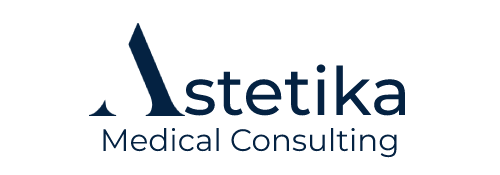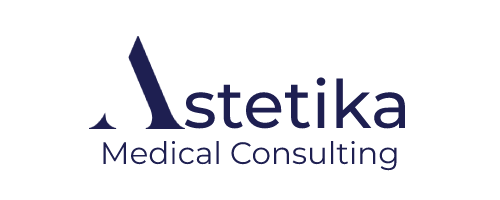Methods Of Rhinoplasty Surgery
 Rhinoplasty is a surgical procedure that modifies the structure of your nose to improve your appearance or breathing.
Rhinoplasty is a surgical procedure that modifies the structure of your nose to improve your appearance or breathing.
There are various rhinoplasty methods and techniques. However, two of them are currently the most popular.
Contact us to schedule your Treatment today!
Septoplasty
The region of bone and cartilage that divides the nasal cavity and is known as the nasal barrier. The deflection of the barrier causes nasal obstruction, resulting in breathing difficulties. Septoplasty is the process of correcting the curvature of this barrier.
The signs and symptoms of barrier deviation include labored breathing, nasal congestion, sinusitis, nosebleeds, headache, and dry mouth. All of these symptoms make life considerably more challenging.
This procedure is carried out under either local or general anesthesia. The specialist corrects or removes a portion of the obstruction by cutting one side of the nasal barrier. After surgery, the appearance of the nose will not change. Typically, after the diaphragm, nose plugs are not used. Therefore, the recuperation period becomes more pleasant.
Tipplasty
The procedure is performed on individuals who have issues with their nose tip. This type of issue is treated without touching the nose or nasal barrier. After the necessary cartilage has been added, the incision is closed with aesthetically pleasing stitches. As with rhinoplasty, you should communicate your needs to your doctor.
This procedure is shorter than conventional rhinoplasty. Depending on the circumstances, it is performed under local or general anesthesia and lasts between 30 and 60 minutes.
This operation can be performed without using nose plugs, but if it is necessary to help you breathe, silicone nose plugs can be used. After surgery, the adhesive is applied to the nose. Because bruises are less severe and the recovery period is shorter, it is possible to return to normal activities quickly.
- With all major health insurance carriers
- Psychiatric Facility-Partial Hospitalization
- Arrive heartburn and leave with treatment
- Individuals with Intellectual Disabilities
- Psychiatric Residential Treatment Center
- Substance Abuse Treatment Facility
- End-Stage Renal Disease Treatment Facility
- Intermediate Care Inpatient Rehabilitation


What We Offer For You?
Full Mouth X-Rays
50$
Bitewings - Four Films
28$
Panoramic Film
52$
Sealant - Per Tooth
24$
Digital molds
350$
Denture Photos
175$
3D Scan
190$
Routine 6 Month Check-up
20$
Rhinology Staff

Dr. Alice Waters

Dr. Jamie Oliver

Dr. Clare Smyth

Dr. Bobby Flay

Dr. Carla Hall

Dr. Gordon Ramsay
Frequently asked questions
Rhinoplasty is a surgical procedure that modifies the structure of your nose to improve your appearance or breathing.
Rhinoplasty, or nose surgery, is among the most frequently requested procedures. Socially, the face is the most significant part of the human body, and the nose is the most significant part of the face. Therefore, it typically has a negative impact on one’s image, self-assurance, and ultimately their personal and social life. The significance and benefits of a purely cosmetic rhinoplasty operation cannot be understated in light of all psychological factors.
If you are unhappy with the appearance or size of your nose, rhinoplasty may be an option.
If your nose is too large, too small, or does not complement your face.
If you have difficulty breathing.
If your nose has a prominent curve.
If you have cognitive issues or have been involved in an accident.
For a healthier life and an improved appearance, rhinoplasty is required.
Examining the patient to determine their condition, needs, and expectations is the first step.
When a rhinoplasty is performed for aesthetic purposes, the patient’s expectations are a crucial factor.
Regardless of whether the surgery is required for cosmetic or medical reasons, however, managing expectations remains crucial.
Through an incision, the surgeon reveals the structure of the nose. Numerous pieces and groups of cartilage and bone tissue compose the nose.
The surgeon then begins reshaping. This phase of the procedure may involve the slicing or filing of various components, as well as the application of multiple fillers or tissues to achieve the desired result.
After rhinoplasty, care must be taken to prevent nose bleeding. Avoid heavy sneezing. Similarly, you should avoid smoking and alcohol consumption. You will be permitted to leave the hospital after a brief period of observation following the operation. Your physician will give you a home recovery plan. of the surgical site. Content





